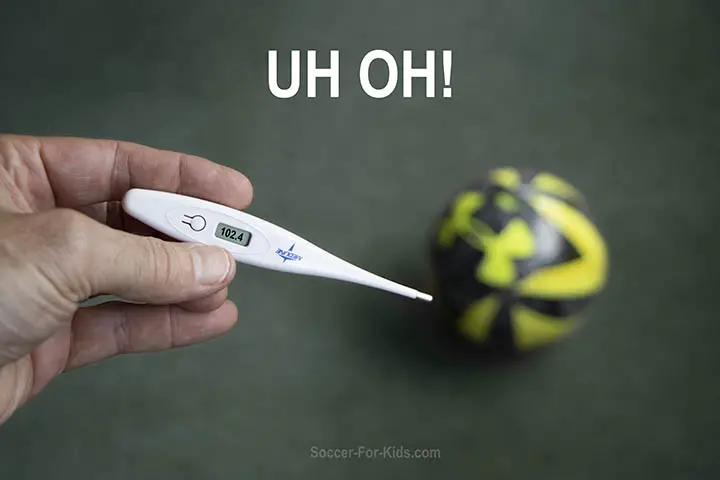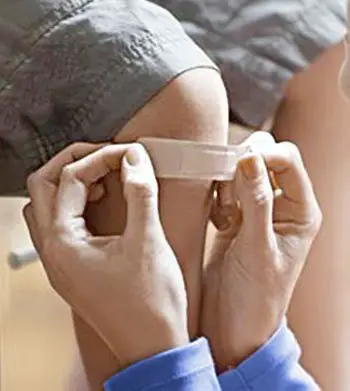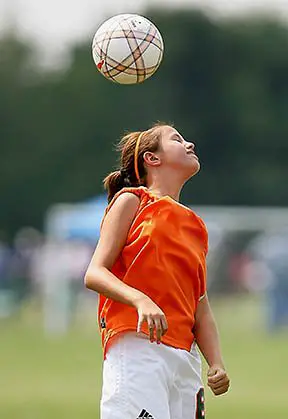YouTH SOCCER COVID-19 GUIDELINES
You've heard general precautions to take, but you want to know the specific youth soccer covid 19 guidelines. With just a little discipline and a few rules, you can create both a fun and safe environment for kids to play soccer.
This post will give you both a list of 11 specific youth soccer covid-19 guidelines list as well as the general precautions mentioned by the CDC (Centers for Disease Control and Prevention). Additionally, we have 5 rules to follow for the safely of pre-school and toddler soccer players too.
Fortunately, we now have the procedures that will put the odds in our favor. We've all learned, as the understanding of the pandemic has evolved, that there are no 100% guarantees.
kids soccer coronavirus precautions
Here are the eleven guidelines for safe soccer for kids. This is also available as a free PDF guide on the precautions you can adopt for your child and his or her soccer team: Youth Soccer Covid-19 Safety Guidelines.
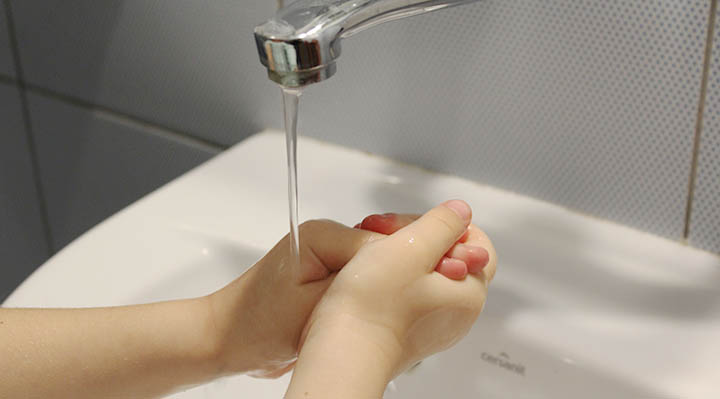 The easiest guideline for kids to understand
The easiest guideline for kids to understandFOR ALL SANCTIONED YOUTH SOCCER PRACTICES AND GAMES
1. Players or Coaches who presently have COVID-19, or who have tested positive for COVID-19, shall provide clearance from a physician before he/she will be permitted to participate in practices or games.
2. A Covid-19 Questionnaire should be completed prior to the player's first practice. This form only needs to be completed one time. Any athlete that does not have a COVID-19 Questionnaire on file will not be permitted to participate in any practices or games.
3. Participation in practices must be limited to players on the team and approved coaches only.
4. There shall be very limited physical contact, of any kind, between players and no physical contact between coaches and players.
5. There will be no sharing of food or drink between families, fans, players or coaches, at halftime or end of game snacks. All players must have their own water/drinks available for proper hydration. Coaches are permitted to have extra water/drinks available for their players if they so choose, provided that the water/drinks is in a sealed, unopened bottle.
6. Players must be transported to and from games and practices by their parent or guardian. Sharing of rides is strongly discouraged.
7. Pre-Screening
a. All coaches and players must clear the pre-screening process before they are permitted to participate in practice.
b. The pre-screening process will consist of a verbal, electronic, or written review of the prescreening questions with all players at the start of each practice. The director of coaching or club president will contact coaches each week to be sure the pre-screening process is being followed.
c. Any individual who answers “yes” to any question on the questionnaire, or who has a temperature greater than 100.4°F, shall not be permitted to participate in the practice and shall be required to return home. The director of coaching or club president shall be notified as soon as possible if a player is sent home.
d. Any Individual who answers “yes” to any question on the Covid-19 questionnaire shall be required to provide clearance from a physician before they will be permitted to resume participation in the practice.
During all practices and workouts, coaches are reminded to be alert for any players exhibiting signs of physical or mental distress secondary to the circumstances created by COVID-19.
8. Face Coverings
a. Players who are engaged in high-intensity aerobic activity, e.g., running, sprinting, drills, etc., are not required to wear face coverings during the period of the aerobic activity. Once the aerobic activity is over, players will wear face coverings.
b. Coaches will wear face coverings at all times, except when participating in aerobic activities or when able to adhere to social distancing beyond the 6 feet recommended, eg. when demonstrating drills or providing instruction while over 6 feet from any players or other coaches.
9. Groupings/Social Distancing
a. Social distancing of at least six (6) feet shall be maintained between players when possible and between players and coaches at all times.
b. Players on one team should not participate and practice with players from another team.
c. More than one team can be in a single area, provided there is twelve (12) to eighteen (18) feet between each team.
d. There shall not be celebratory contact, e.g., fist bumps, high-fives, huddles, etc.
e. Players who participate in more than one sport are encouraged to participate with only one team.
f. Players and parents will be reminded frequently of the guidelines and are expected to adhere.
g. Although parents are encouraged not to attend practices to limit contact with other parents and players unnecessarily, parents and fans are still encouraged to cheer on our players at games provided that they adhere to proper social distancing and have no direct contact with other parents, fans and players.
h. Players, parents and fans are asked to wait until other teams have cleared the playing area before moving into the game or practice area.
10. Sports Equipment
a. Sports equipment shall not be shared at any time with the exception of a ball being kicked between players. If shared use of equipment, such as goalie gloves, is necessary the equipment must be fully sanitized prior to being shared between players.
b. Each player shall bring individual water bottles to each workout for his/her own personal consumption. There shall not be any trading or sharing of water bottles.
c. All sports equipment and points of contact, such as benches, agility cones, ladders, clipboards, etc., must be cleaned and disinfected after each practice and game with EPA approved cleaners and disinfectants against COVID-19.
11. Hygiene
a. Players and coaches should make every effort to wash/sanitize their hands as often as possible including before, during and after games and practices.
b. Hand sanitizer shall be accessible at all times.
c. Players shall wear their practice gear to the practice and shall return home in the same practice gear.
d. There shall be no spitting or chewing gum during the practice.
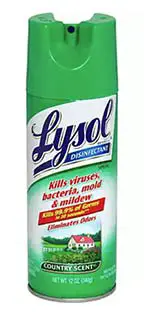
cdc youth sports guidelines
What are the CDC guidelines for youth soccer? The CDC does not give specific guidelines for youth soccer, but rather gives good specific guidelines for youth sports of all kinds.
- Stay home if sick or exhibit any of the Covid symptoms.
- Have smaller team sizes.
- Reduce physical closeness between players when possible.
- Space out spectators by 6 feet with masks on.
- Minimize sharing of equipment or gear. Minimize spitting. Cover your coughs and sneezes.
- Wash hands for at least 20 seconds with soap and water.
covid 19 guidelines for toddler soccer
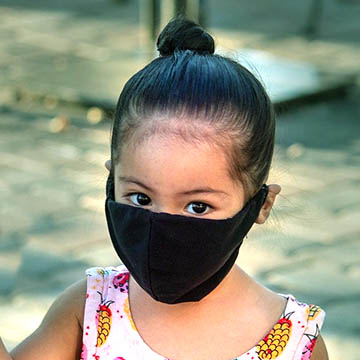 Keep Kids Safe
Keep Kids SafeAlthough the wearing of masks is highly recommended for most age groups of soccer players, it's unlikely that this is a practical preventative for the youngest of soccer players.
Preschool and toddler soccer players haven't developed enough yet to have the understanding, nor the discipline, to leave a mask on that covers their little faces.
How can we protect our two, three, and four year old soccer players from spreading Covid-19 virus? As mentioned by many sources, total isolation is the only 100% protection. None of us want that. Fortunately, there are several tactics we can use to drastically reduce the chance of spreading the Coronavirus during soccer with toddlers and preschool aged children.
Here are 5 ways to help protect the youngest soccer players.
- Do not use shared practice uniforms or pinnies
- Have only the coaches be allowed to set-up, touch, and clean up the equipment, like the goals, cones, or practice dimples.
- Remind the children frequently about the need to play at safe distances when they're practicing their skill and drills.
- Use individual cones, practice rings, plates or other colorful "home bases" for each child to return to in between activities to keep them social distanced.
- Don't use high-fives, fist bumps, or other contact celebrations to praise successes.
Coaches should sanitize all equipment, including the soccer balls, before and after each soccer session. coaches should complete a self-questionnaire or do a self-evaluation, including a temperature check before each session.
Additionally, smaller numbers of players at a practice and a larger field of play will tend to increase the distance between the soccer players.
returning to youth soccer
Here are some more resources you'll find helpful for the return to playing youth soccer:
- American Academy of Pediatrics: Planning Guidance For Return.
- US Olympic Committee: Coronavirus Updates.
- Children's Mercy: Safe Return.
I hope you found this post about safety concerns with the Covid-19 pandemic and how it relates to kids playing soccer. Hopefully, by the time you read this post, most of the risk specific to the Covid-19 pandemic may have dissipated.
You should also familiarize yourself with the risks of injury in youth soccer. You might also find the post on the safety of heading the soccer ball interesting too. Additionally, you may want to know if it's safe to play soccer on a rainy day.
Keep it fun for the kids!

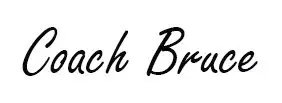
Soccer coach Bruce Lovelace started playing soccer in 1974 when, as a young boy, he constructed his own makeshift soccer goal. He played in high school, then in college and beyond. He started to coach his own children in the 1990s and then ran a Soccer Shots franchise for 12 years. Now, Coach Bruce publishes the soccer-for-kids.com website. Find out more about youth soccer coach Bruce Lovelace and what inspires this website.
Soccer-for-kids.com is a participant in the Amazon Services LLC Associates Program, an affiliate advertising program designed to provide a means for sites to earn advertising fees by advertising and linking to Amazon.com
